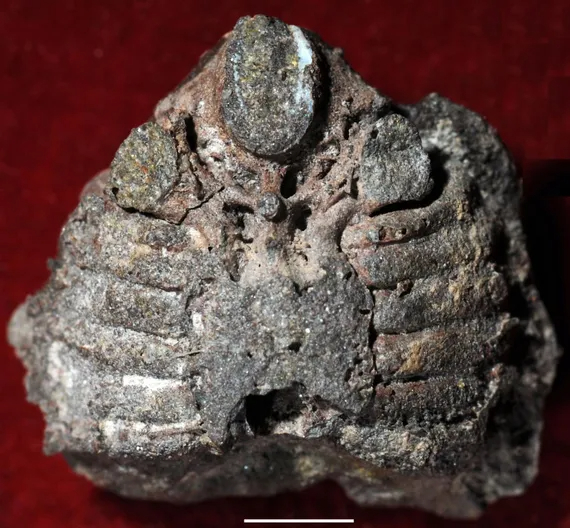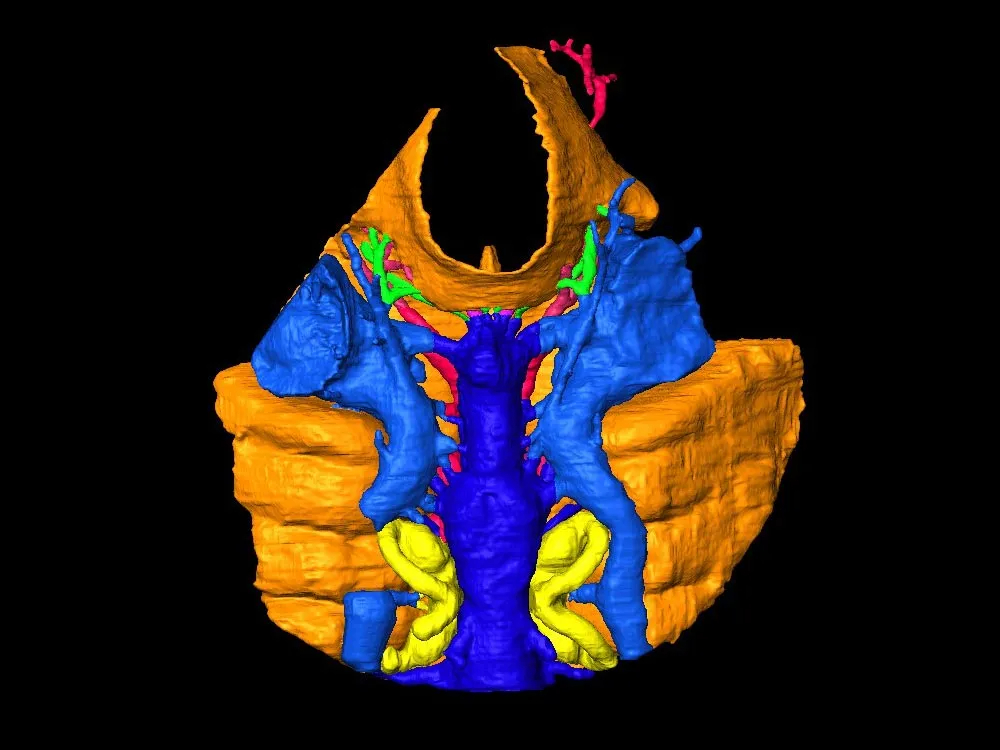Chinese scientists announced that recently discovered fossils have revealed important information about the human ear. Accordingly, the human middle ear evolved from fish gills.
Discovered by research around the world fossilsprovides important information about the history of organisms living on our planet and those that have lived before, to the scientific world.
now too At the Institute of Vertebrate Paleontology and Paleontology of the Chinese Academy of Sciences (IVPP) With the help of millions of years old fossils, scientists found clues about a long-unsolved mystery about humans in a study published in the journal Frontiers and Evolution in May.
The human middle ear appears to have evolved from fish gills
human middle earIt contains three small vibrating bones and plays a major role in carrying sound vibrations to the inner ear, becoming nerve impulses that enable us to hear. Embryonic and fossil evidence had previously revealed that the human middle ear evolved through openings that allow fish to breathe. However, the origin of these gills in vertebrates has long been an unsolved mystery.
Some 20th-century researchers believed that early vertebrates must have had a full spiral gill. between their jaws and tongues they called these respiratory openings. However, during these researches that lasted more than a century, this situation was not found in any fossil. In the research published now, scientists have found clues about this mystery.

One of the authors of the study, Prof. According to GAI Zhikun, researchers from the institute over the past 20 years A 438-million-year-old Shuyu brain shell fossil and a 419-million-year-old galeaspid fossil found preserved in gill filaments in different parts of China. GAI Zhikun explains in his statements about these, “These fossils The respiratory opening in vertebrates is based on fish gills. provided the first anatomical and fossil evidence of used the phrases.
Breathing openings turned into a canal for hearing

Stating that traces of fish can be found in our teeth, jaws and middle ears, and reconstructing the Shuyu brain fossil virtually, the researchers provided important information by revealing almost all the details of the head anatomy of this species, its five brain parts, and sensory organs.Paleontologists’ main goal is to missing rings to reveal” used the phrases.
‘SpiracleThe so-called ‘respiratory openings’ are a small opening behind the eyes in some fish that extends to the mouth and helps to perform the breathing action that ensures the survival of the species. Polypterus, the most primitive bony fish, also uses these openings to breathe air. But the findings showed that this opening changed in most non-fish species as they evolved to breathe through the nose and mouth.
RELATED NEWS
World’s Largest Bacteria Discovered: Visible Even With The Naked Eye!
According to experts, the opening called the ‘spiracle’ in early tetrapods first evolved into Otic notches, which are said to be part of the auditory structure. It was initially used for breathing, just like the other aperture, and could not detect sound. In this process, which is also stated to be seen in human evolution, this opening later turned into the ear of the tetrapods and was eventually used to transmit sound to the brain through the inner ear bones. channel has been reported.
Source :
https://scitechdaily.com/419-million-year-old-chinese-fossil-shows-human-middle-ear-evolved-from-fish-gills/
